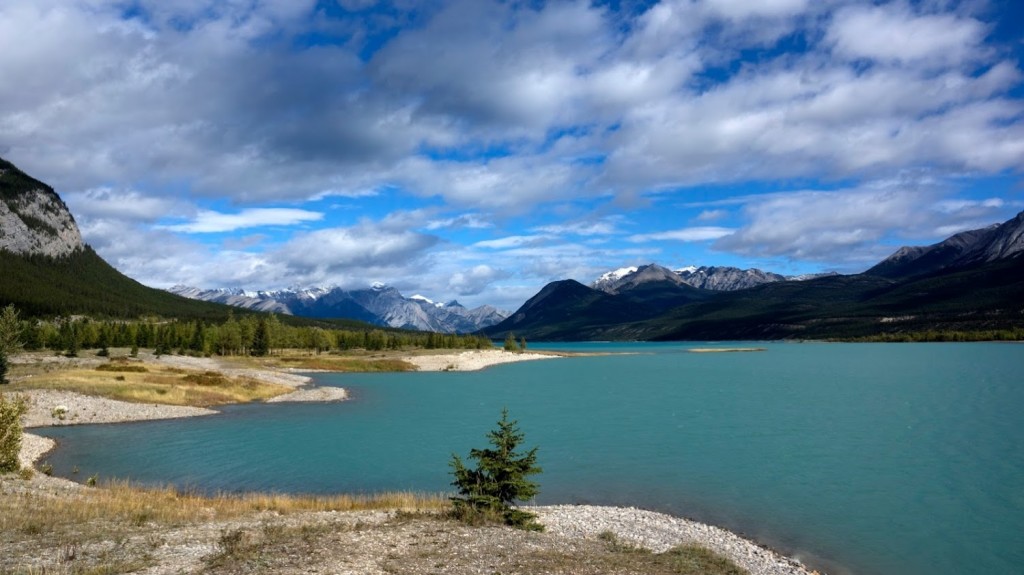
Photo credit: Randy Neufeldt
In the beginning we learn what still water is like and what flowing water is like. After practicing for a while we will see how these two support each other. We have to make the mind calm, like still water. Then it flows. Both being still and flowing: this is not easy to contemplate.
We can understand that still water doesn’t flow. We can understand that flowing water isn’t still. But when we practice we take hold of both of these. The mind of a true practitioner is like still water that flows, or flowing water that’s still. Whatever takes place in the mind of a Dhamma practitioner is like flowing water that is still. To say that it is only flowing is not correct. Only still is not correct. But ordinarily, still water is still and flowing water flows. But when we have experience of practice, our minds will be in this condition of flowing water that is still.
This is something we’ve never seen. When we see flowing water it is just flowing along. When we see still water, it doesn’t flow. But within our minds, it will really be like this; like flowing water that is still. In our Dhamma practice we have samādhi, or tranquility, and wisdom mixed together. We have morality, meditation and wisdom. Then wherever we sit the mind is still and it flows. Still, flowing water. With meditative stability and wisdom, tranquility and insight, it’s like this. The Dhamma is like this. If you have reached the Dhamma, then at all times you will have this experience. Being tranquil and having wisdom: flowing, yet still. Still, yet flowing. ~Ajahn Chah







Add a comment